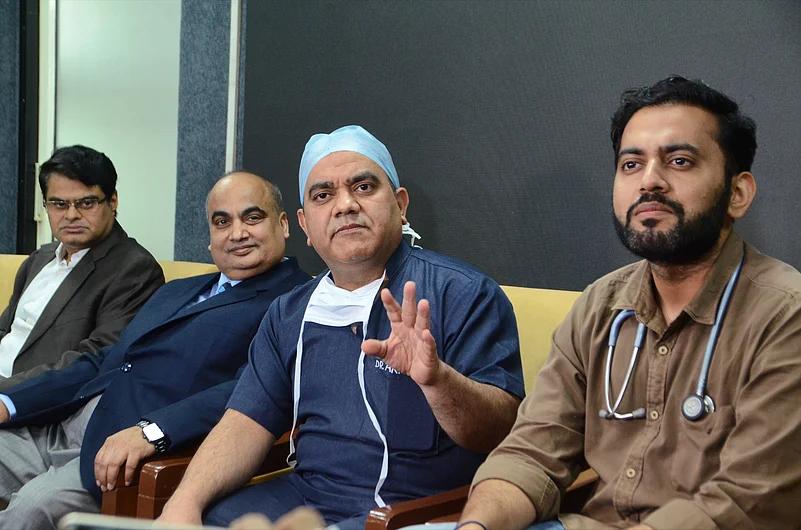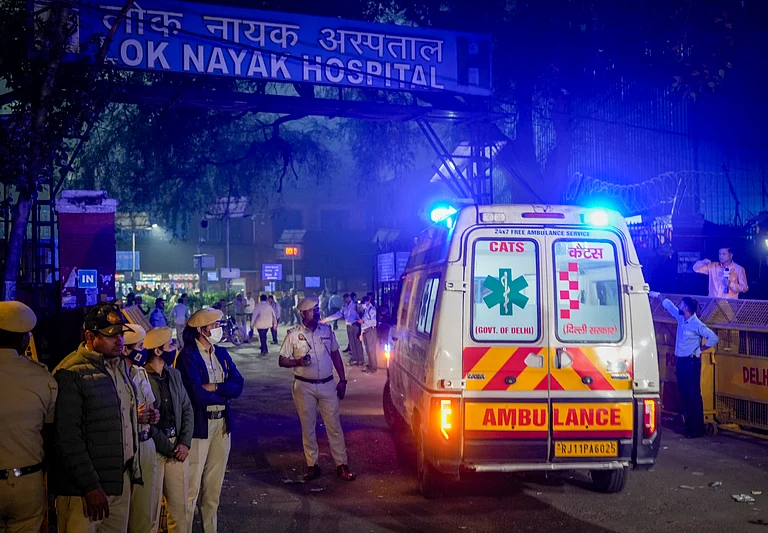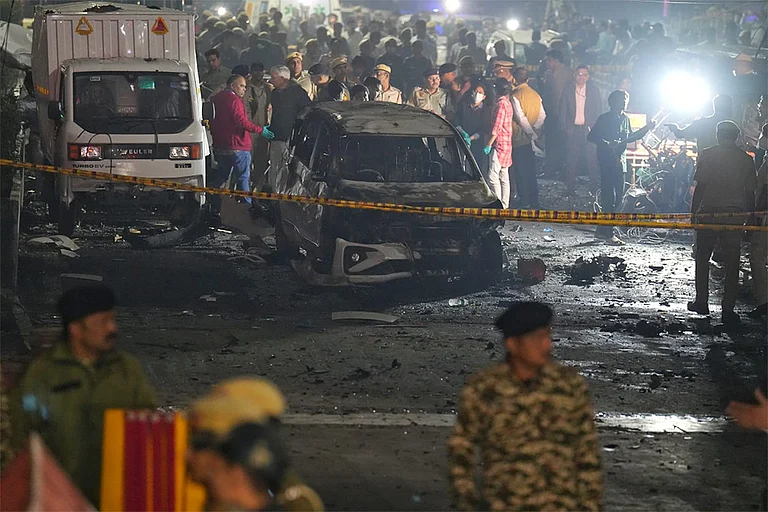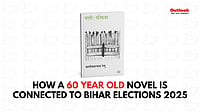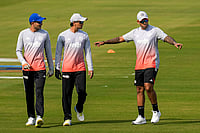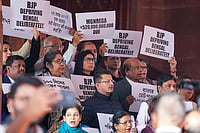
When doctors are accused of terrorism, trust in the medical profession is shaken. It raises questions of the psychology of radicalisation, and the urgent need for ethics, reflection, and accountability in medical training.
For a country where the doctor in a white coat is still instinctively trusted more than the politician or the policeman, the very idea that some doctors might be involved in planning mass murder feels like a moral earthquake.
Security experts remind us that militant leadership has often been drawn from educated classes; what is unusual in the Delhi Blast is the clustering of several doctors in one alleged module.
“Whoever saves one life saves an entire world; whoever destroys one life destroys an entire world.”
– Talmud (Central text of Rabbinic Judaism)
On a busy Delhi evening, a white Hyundai car exploded near the Red Fort, turning a familiar traffic jam into a war zone. Within minutes, ambulances, sirens and mobile phone videos took over our screens. What followed has been even more disorienting: as investigators mapped the trail of ammonium nitrate and detonators, they unearthed what they call a “white-collar” terror module, with several doctors from Kashmir and north India now detained and questioned for alleged links to the blast.
For a country where the doctor in a white coat is still instinctively trusted more than the politician or the policeman, the very idea that some doctors might be involved in planning mass murder feels like a moral earthquake. This is not a minor professional scandal. It is a direct assault on a sacred compact: that healers are committed, by training and oath, to protect life – every life – without discrimination.
It is not the first time medicine has been implicated in organised cruelty. Under the Nazis, physicians supervised lethal experiments and selections for the gas chambers.
In the Soviet Union, psychiatry was systematically misused to confine dissidents in locked wards under the guise of “sluggish schizophrenia” – a textbook violation of the doctor’s duty to care, now well documented and condemned.
More recently, declassified investigations have exposed doctors’ complicity in torture during the “war on terror”.
Yet there is something uniquely chilling about the current Delhi case. Here, the allegation is not of state coercion forcing doctors into obedience, but of individual professionals, many apparently successful and respected, voluntarily entering a violent underground. Reports speak of multiple doctors from Al-Falah University and medical colleges in UP and Kashmir, allegedly linked through encrypted chats and shared ideology, forming part of a wider network associated with Pakistan-based militant groups.
Nor is India alone: from a British doctor convicted in the 2007 Glasgow airport plot to foreign physicians joining the so-called Islamic State, we have seen how highly educated healers can be drawn into violent causes.
How does such a reversal happen? How does a hand trained to insert cannulas and deliver babies end up wiring explosives or aiding terror logistics?
The forensic psychiatrist Dr Gwen Adshead, who delivered the 2024 BBC Reith Lectures on violence, offers one important clue. She urges us to see violence not as the work of “monsters” but as “multiply determined” human acts that carry meaning for the perpetrator. Childhood trauma, humiliation, shame, perceived injustice, rigid ideology – these do not excuse violent acts, but they help us see that every violent mind has a story. If we insist that violent people are simply inhuman, we blind ourselves to the very pathways by which ordinary humans travel to extraordinary cruelty.
Economist-philosopher Amartya Sen, in Identity and Violence, warns of what he calls the “solitarist” fallacy – the dangerous belief that a person has only one overriding identity, usually religious or ethnic, which eclipses all others.
A doctor is not only a Muslim or a Hindu, a Kashmiri or a Delhiite, but also a professional bound by ethics, a parent, neighbour, citizen, colleague. Violence becomes easier when one identity – “soldier of the cause”, “avenger of my people” – swallows the rest.
Radicalisers understand this. Their task is to persuade the young professional that the Hippocratic commitment to “not harm” is sentimental compared to a higher, more urgent duty to an aggrieved community or a wounded faith. The oath to protect the patient is gradually reinterpreted as an oath to protect only “our people”, even at the cost of unnamed, abstract others. Once that shift occurs, cognitive dissonance demands justification.
Psychology has a vocabulary for this: moral disengagement. You redefine victims as enemies, minimise their suffering as “collateral damage”, or imagine that spectacular violence will somehow force a just world into being. You split your identity: in the hospital ward, you are the kind and competent physician; in encrypted chat groups, you are the strategist of chaos. Each half knows about the other, but they rarely meet in full, honest consciousness.
There is also something specific about medical training that can, in a small minority, become a risk. Years of exposure to blood, pain and death can either deepen a person’s compassion – as it does for the overwhelming majority – or lead to a kind of emotional callousness. A profession that requires decisive action and clinical detachment can, if poorly held, blur the line between necessary toughness and cold indifference. Add to this the chronic stress, status anxieties, and, in some regions, experiences of discrimination and state violence, and you have a fertile ground where grievance and grandiosity can grow side by side.
But we must be very clear: “white-collar terror” is not the new normal. Security experts remind us that militant leadership has often been drawn from educated classes; what is unusual in the Delhi Blast is the clustering of several doctors in one alleged module.
It would be a tragic error if this led to blanket suspicion of Kashmiri doctors, Muslim doctors, or indeed any subgroup within the profession. Most doctors from conflict-ridden regions, including Kashmir, have spent their lives stitching up bullet wounds and comforting bereaved families of all backgrounds.
The moral and practical question is what we do next.
First, we need the law to do its work – swiftly, transparently, and scrupulously. These doctors are at present under investigation, not yet convicted. Our anger must not be allowed to short-circuit due process. If guilt is proven, the punishment must be firm; but so too must be our insistence that justice is not vengeance.
Second, the medical profession needs to look hard at itself. Ethics in medical colleges cannot be reduced to a few dry lectures on consent and confidentiality. We need serious engagement with the humanities: with history (including the dark chapters of Nazi medicine and Soviet psychiatry), with moral philosophy, with literature that explores what happens when good people go wrong. Young doctors must be encouraged to see themselves as part of a moral community, not just a technical guild.
Third, we might do well to import some of Gwen Adshead’s insights into medical education. If violence is often a distorted form of communication – an extreme attempt to say “I exist, I suffer, I refuse to be invisible” – then creating places where professionals can speak of their anger, despair, and alienation becomes a form of prevention. Supervision groups, reflective practice, confidential counselling, and frank discussion of religious and political identities should be embedded in training, not treated as optional extras.
Finally, citizens, we must resist the temptation of easy binaries. The story here is not “doctors are saints” versus “doctors are devils”. It is that human beings, even in the noblest professions, are capable of both healing and harm. Our responsibility is to build institutions and cultures that nurture the former and constrain the latter.
In the coming weeks, we will hear more details about the Delhi blast, the Kashmiri doctors, the explosives, and the handlers. Some of what emerges will confirm our worst fears; some may complicate the early narrative. But even at this stage, the image that should stay with us is not only the shadow of a doctor in a police van. It is also the exhausted junior resident in a government hospital, still at work at 3 am, suturing wounds from a world that seems determined to keep tearing itself apart.
Between these two images – the healer and the alleged destroyer – lies the future of our moral imagination. If the white coat is to remain a symbol of life in India, we will need courage, honesty and compassion in equal measure: courage to confront uncomfortable truths, honesty about the fragile nature of professional ethics, and compassion, not only for victims of terror, but also for those at risk of being seduced into committing it.
Dr George John is a retired British Emeritus Consultant Psychiatrist from London, formerly in private practice in London and the southeast of England, now living in Kochi, India. His special interests include interpersonal conflict, Human Flourishing and the Philosophy of Psychiatry.






